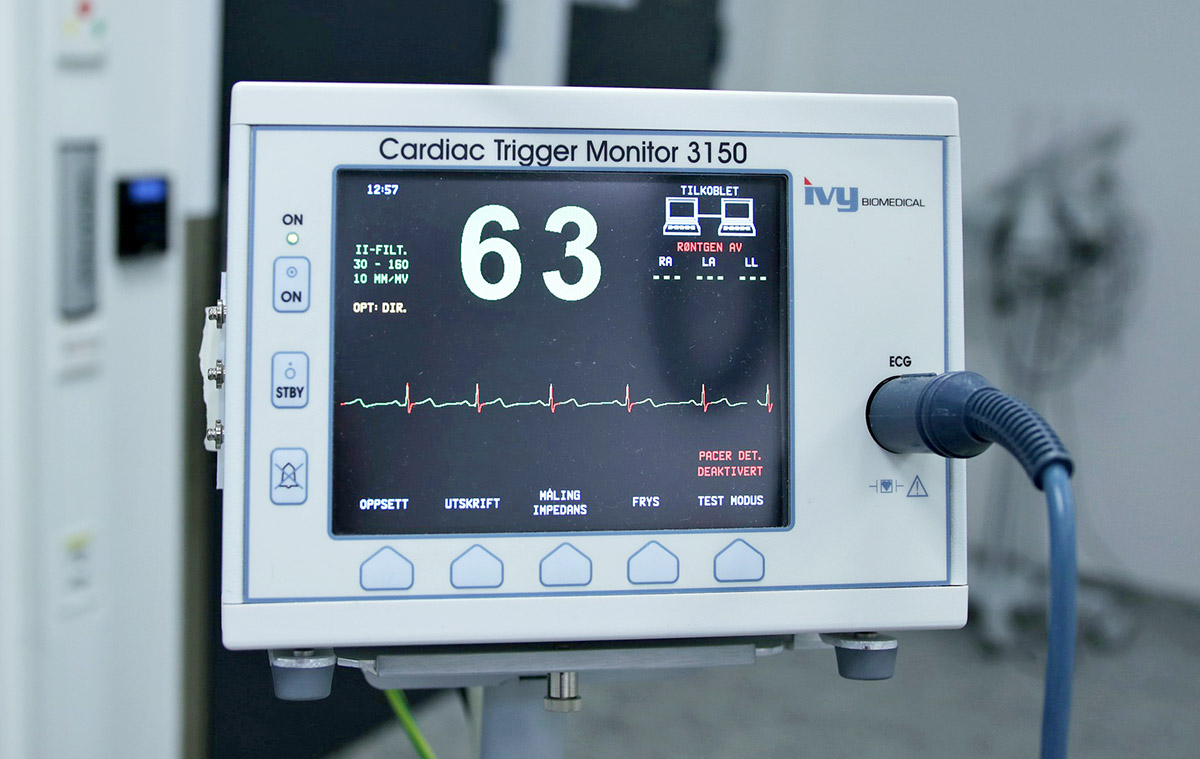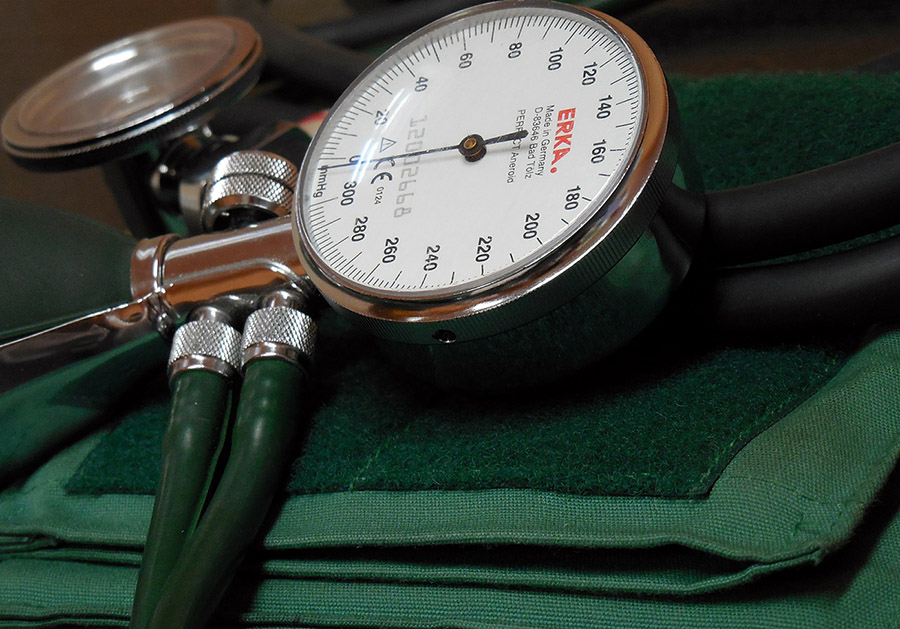We are medical device industry regulatory experts
The consultants at Medical Devices and Pharma have decades of aggregated experience working with a variety of medical devices. That includes expert knowledge of regulations from the U.S. Food and Drug Administration (FDA), Health Canada (HC), the European Union (EU) and other global regulatory bodies. We offer current information about new and novel medical devices, device safety alerts, industry news, and enforcement actions like FDA warning letters. Our regulatory specialists can expertly compile, prepare, and submit regulatory submissions for regulatory marketing authorization, like an FDA 510(k) premarket submission.
What is a medical device?
The definition of a medical device encompasses a wide range of complexity and purposes, from a walking cane to an artificial heart. It can be a physical apparatus or something like software or a chemical reagent.
Regardless of its form or composition, a product is defined as a medical device if it is used to diagnose a medical issue; alleviate, prevent or minimize the risk of a medical problem; or to provide medical treatment.
The differences between medical devices and pharmaceuticals.
Is your product a medical device?
Let us answer your questions about your medical device product, from device classification and requirements to establishment registration and device listings and requirements you need to follow in order to market the product in the U.S. Click here to contact us.
The FDA defines a medical device as:
An instrument, apparatus, implement, machine, contrivance, implant, in vitro reagent, or other similar or related article, including a component part or accessory which is:
- Recognized in the official National Formulary, or the United States Pharmacopoeia, or any supplement to them,
- Intended for use in the diagnosis of disease or other conditions, or in the cure, mitigation, treatment, or prevention of disease, in man or other animals, or
- Intended to affect the structure or any function of the body of man or other animals, and which does not achieve its primary intended purposes through chemical action within or on the body of man or other animals and
- Which does not achieve its primary intended purposes through chemical action within or on the body of man or other animals and which is not dependent upon being metabolized for the achievement of its primary intended purposes.
The term “device” does not include software functions excluded pursuant to section 520(o). Source: “Is the Product a Medical Device?“
Pre-amendment and post-amendment devices
Devices are also identified as pre-amendment or post-amendment based on when they received FDA market clearance. This makes a difference for how a manufacturer can put a device on the U.S. market.
Pre-amendment devices were on the market prior to the enactment of the Medical Device Amendments (MDA) of the Food, Drug and Cosmetic Act on May 28, 1976. They do not require a premarket approval (PMA) or premarket notification (510(k)) submission prior to market entry.
Post-amendment devices received marketing approval after the enactment of the MDA in 1976. Class III devices require the FDA approval of a PMA before the device can be sold on the market. Most class II and some class I devices require a 510(k) premarket notification submission to demonstrate that they are substantially equivalent to a medical device that is currently marketed in the U.S.
Medical Device Headlines
FDA Approves Thoracic Stent Graft System
FDA Approves RelayPro Thoracic Stent Graft System for Thoracic Aortic Aneurysms and Penetrating Atherosclerotic Ulcers Treatment The United States Food and Drug Administration (FDA) on March 7, 2023 approved the RelayPro Thoracic Stent Graft System, a new medical...
Abbott Safety Alert for Freestyle Libre Systems
Misuse may cause battery overheating and incorrect readings The FDA has issued a safety notification regarding the FreeStyle Libre, FreeStyle Libre 14 day, and FreeStyle Libre 2 Flash Glucose Monitoring Systems. The notification warns users of the potential for...
Prodigy Proclaim Spinal Cord Stimulation Systems
Significant advancement for chronic pain treatment On February 15, 2023, the U.S. Food and Drug Administration (FDA) announced the approval of the Prodigy Proclaim and Proclaim XR Spinal Cord Stimulation (SCS) systems. This approval marks a significant step forward in...
Exposure to toxic materials during hemodialysis and dialysis
FDA announcement The US Food and Drug Administration (FDA) issued an announcement on March 7 to update its May 2022 letter to healthcare providers regarding the potential risks of exposure to toxic compounds when using hemodialysis and peritoneal dialysis. This update...
FDA Breakthrough Devices Program
Program assists needed products with access to US market The U.S. Food and Drug Administration (FDA) has established the Breakthrough Devices Program, a voluntary program that aims to expedite the development, assessment, and review of medical devices that demonstrate...
Approvals for FDA Breakthrough Devices
Innovative Devices for Unmet Needs The Food and Drug Administration (FDA) has made a positive decision on the marketing applications of the following products. What sets them apart? They are innovative devices that qualified and participated in FDA's Breakthough...
FDA Explores Dental Device Safety Concerns
Dental Devices to Treat Sleep Apnea and TMD The FDA is currently evaluating safety concerns related to certain dental devices called fixed (non-removable) palatal expanders, which are used on adults for jaw remodeling or to treat conditions like obstructive sleep...
Update – Carcinoma Inside Capsule of Breast Implants
Squamous Cell Carcinoma and Various Lymphomas Located in the Capsule around Breast Implants On March 22, the US Food and Drug Administration (FDA) issued an update to its March 8 safety communication regarding reports of squamous cell carcinoma (SCC) and lymphomas in...
Carcinoma and Lymphomas Found Near Breast Implants
Squamous Cell Carcinoma and Various Lymphomas Located in the Capsule around Breast Implants On March 8, the US Food and Drug Administration (FDA) issued a safety communication concerning reports of squamous cell carcinoma (SCC) and various types of lymphomas in the...
A Team-based Approach to an Expedited 510(k)
Getting an expedited 510(k) submission So, you have created a new medical device by following your quality system’s design controls to plan the project, define design inputs, test to verify that outputs meet inputs, and validated your production product. Now what?...


